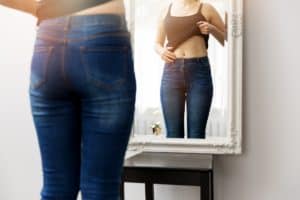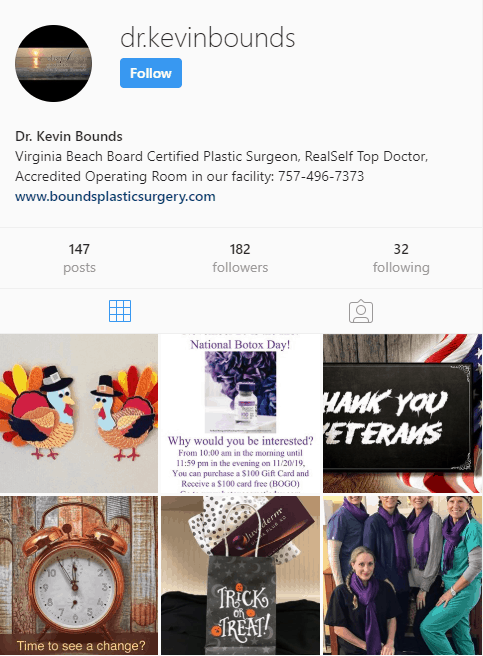The truth about liposuction can be summed up in a single sentence: The procedure is an effective way to target pockets of fat in the body that are resistant to exercise and a healthy diet.
The myths about liposuction could fill paragraphs, however. Below, experienced Virginia Beach plastic surgeon Dr. Kevin Bounds addresses some of the common misconceptions, and explains the benefits and limits of this popular surgery.
Myth 1: Liposuction Is a Weight Management Tool
Liposuction is not a remedy for obesity, nor a substitute for a healthy lifestyle. In fact, it is important that you give diet and exercise a chance before you consider the procedure. Overweight patients should be within 20 pounds of recommended weight.
Liposuction is ideal for those areas of the body that seem immune to traditional lifestyle approaches. For example, a person may exercise regularly and lose weight through a balanced diet and still retain excess fat in the hips or thighs.
Some types of fat cannot be removed by liposuction. In many obese individuals, the abdominal fat that produces the unwanted overhanging belly profile surrounds internal organs. Because it is located below the muscle, it is not safe to remove this type of fat.
Myth 2: Liposuction Revitalizes Skin
If skin is already sagging or loose in a certain area, liposuction will not improve its appearance. Cellulite and stretch marks are also not likely to improve significantly, although there may be a slight smoothing of the area, depending on the firmness of your skin.
The elasticity of a patient’s skin is a key factor in how the skin will look after the procedure.
If skin is elastic and muscle tone is good, the skin will conform well to the new body shape. With skin that has been stretched and is less elastic, folds of skin may be apparent after removal of fat.
A patient with realistic expectations will be pleased by the way the procedure can sculpt the body, restoring the attractive proportions of a fit and balanced profile.
Myth 3: Fat Will Return
This is both myth and truth. If you change the behavior that led to obesity, you will not need to worry about those pockets of fat re-inflating. The cells that were removed during liposuction are gone, and will never grow back. But if your weight begins to soar again, adjoining fat cells will expand to store the excess caloric intake. In this case, myth becomes reality. Regular exercise and eating nutritious foods in limited quantities are the best ways to preserve your new shape.
Myth 4: Liposuction Is My Only Option
Plastic surgery is a dynamic field, and new innovations continually expand the number of choices available to patients. When it comes to removing stubborn pockets of fat, there are several highly effective alternatives, such as SculpSure and CoolSculpting.
SculpSure uses laser-generated heat to disrupt fat cells. As its name suggests, CoolSculpting relies on the opposite end of the temperature spectrum, freezing cells in the flabby “pinchable” areas of body fat. These crystallized cells are then absorbed by the body over a period of weeks or months.
The pace of fat removal is one of the advantages CoolSculpting has over liposuction. The gradual reduction of fat in targeted areas allows your skin to progressively shrink to cover your new profile. And it also allows time for your body to produce more collagen, a process that is triggered by CoolSculpting’s freezing.
To learn more about liposuction and other rejuvenating procedures, schedule a personal consultation with Dr. Bounds at his Virginia Beach office by calling or emailing us today.













